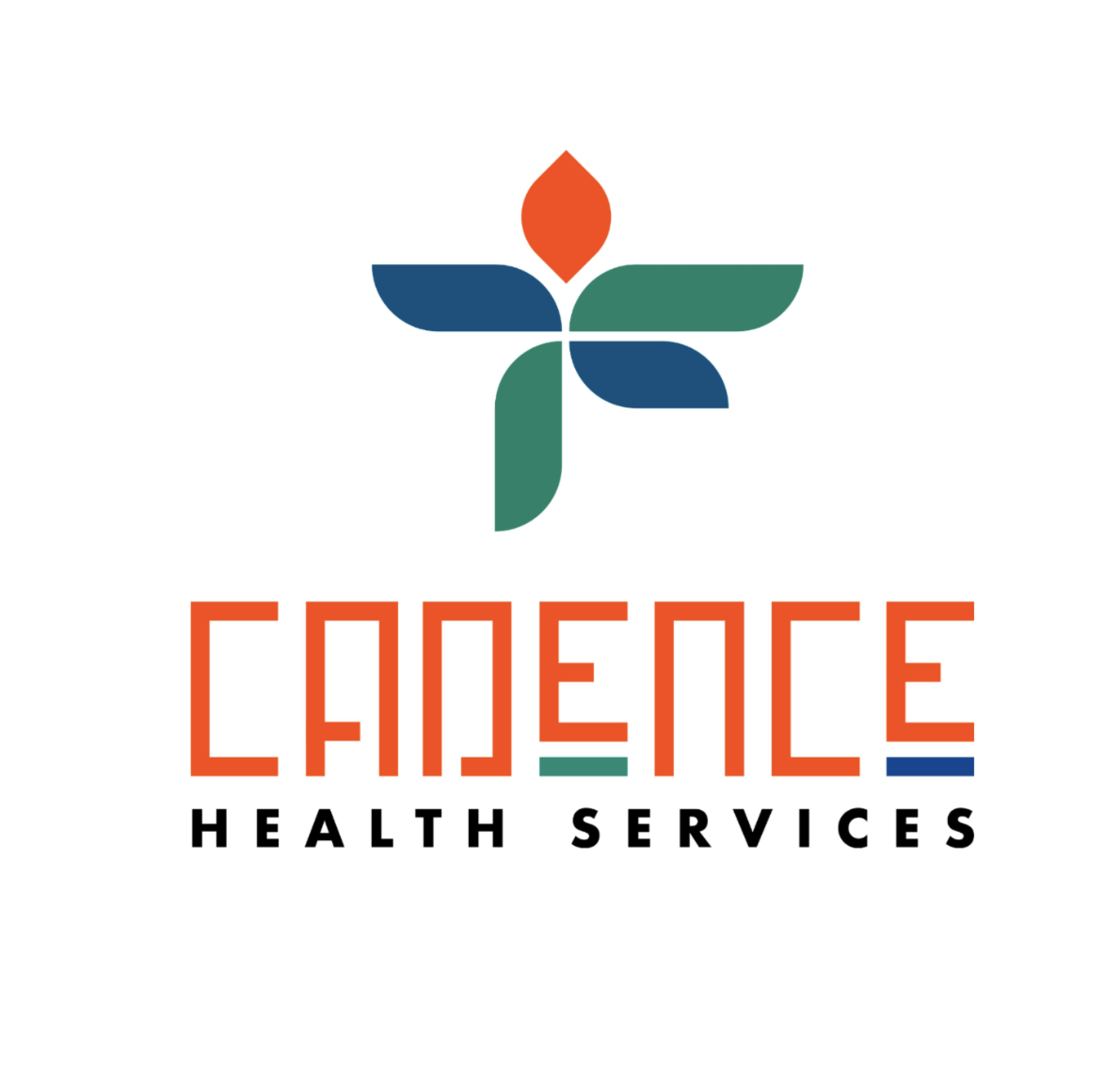Static stretching to stay loose and feel limber throughout your day.
I must confess that post-run stretching has never been my strong suit. I often find myself making promises to do it after I eat and shower, but deep down, I know I wont. Despite learning about the numerous advantages of stretching during my schooling and how it aids in post-run recovery, I still struggle to make it a habit.
However, I had an enlightening experience not too long ago, which, to some extent, altered my perspective. I was on a weekend getaway with friends, and training for a 50km trail race. On the agenda was a 25km run on Saturday, followed by a 15km run on Sunday. Typically, I would have brushed aside the idea of stretching. When I returned from my Saturday run, I found one friend preparing breakfast, and another was in the shower. With little else to occupy my time, I decided to stretch.
Can you believe it? I felt remarkably comfortable for the remainder of the day and I woke up Sunday morning feeling refreshed and prepared to tackle another 15km, an experience that made me reconsider my stance on post-run stretching, at least to some extent!
My first 50km race!
Static stretching is a type of stretching exercise that involves holding a specific position to stretch a particular muscle or group of muscles. The primary goal of static stretching is to improve flexibility, increase the range of motion in your joints, and reduce the risk of injury. Here's how it works in the body:
Muscle Relaxation: When you perform a static stretch, you gently lengthen the targeted muscle or muscle group. As you hold the stretch, the muscle's sensory receptors, known as muscle spindles, are stimulated. This triggers a reflex that causes the muscle to relax and lengthen.
Improved Blood Flow: Stretching also enhances blood flow to the stretched area, which can help deliver nutrients to the muscle tissues and remove waste products.
Increased Range of Motion: Over time, consistent static stretching can lead to an increase in the range of motion of the stretched joint. This is beneficial for activities that require flexibility, such as sports, dance, or daily activities.
To perform static stretches, it's important to do them slowly and gently, holding each stretch for about 30-60 seconds. Here are five different static stretches for various muscle groups:
Quadriceps Stretch:
Stand upright and grab your right ankle with your right hand.
Gently pull your ankle toward your buttocks while keeping your knees close together.
Hold for 30-60 seconds and repeat on the other side.
Hamstring Stretch:
Sit on the floor with your legs extended.
Lean forward from your hips, reaching for your toes or ankles.
Hold the stretch for 30-60 seconds, feeling the stretch along the back of your thighs.
Calf Stretch:
Stand facing a wall and place your hands against it.
Step your right foot back and press your heel into the ground.
Keep your back leg straight and bend your front knee slightly.
Hold for 30-60 seconds, then switch to the other leg.
Triceps Stretch:
Raise your right arm overhead and bend your elbow, reaching your hand down your upper back.
Use your left hand to gently push your right elbow downward.
Hold for 30-60 seconds and repeat on the other side.
Pectoralis strech:
Stand either in a corner between two walls or in an open doorway.
Place hands on the wall or door jamb on either side of you, keeping your elbows bent at 90 degrees.
Step forward until you feel a stretch in chest muscles. Hold for 30-60 seconds
Remember to breathe slowly and deeply while stretching and never force your body into a position that causes pain. Regular static stretching can help improve your overall flexibility and enhance your physical well-being. It's often best to perform these stretches after a warm-up or at the end of your workout when your muscles are warm and more pliable.
Give it a try, you might be as surprised as I was!
We are a multidisciplinary clinic located in Kitsilano near Broadway and Arbutus, offering a range of services including Massage Therapy, Acupuncture, and Reiki.
We would like to acknowledge that we live and work in Vancouver and Kitsilano which is located on traditional Coast Salish territory. The land that is currently known as Kitsilano has been shared by the xʷməθkʷəy̓əm (Musqueam), Sḵwx̱wú7mesh (Squamish), and səlilwətaɬ (Tsleil-Watuth) peoples since time immemorial.









